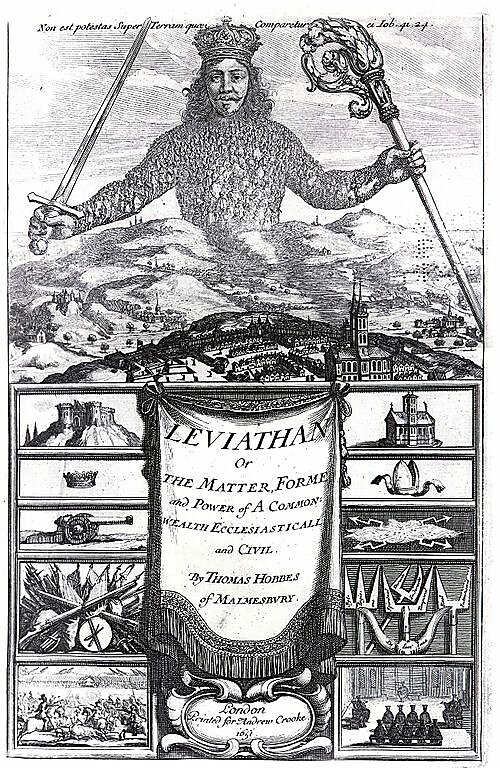It sounds like school choice fans are pretty happy to see the GOP tax plan allowing up to $10,000 per year from tax-favored 529 savings plans to be used for elementary and secondary expenses (though the much smaller Coverdell would go away). Previously, 529 funds were just applicable to postsecondary education. But happy or not, for several reason this is probably bad policy. Here’s a quick list:
- Regulation: Current 529 plans allow earnings to be used tax free only if spent on accredited institutions. But accreditation has been a backdoor way through which the federal government has regulated colleges. We don’t want to see private K‑12 schools similarly subjected to federal control, greatly constricting the extent to which they can be real choices.
- Complication: A complicated federal tax code is an efficiency drain on the economy, but wealthier people able to pay for financial advisors, or who have the time to become well versed in the code, can game the system. Ditto student aid. Not so much the poor or average person. The 529 thumb-on-the-scale for education would seem to favor the wealthy who already have choice. Much better would be to just get rid of this kind of distorting, complicating incentive.
- Price: The evidence is powerful that student aid programs—including, though not primarily, tax incentives—help to fuel extraordinary price inflation in higher education. Better to not have the feds inject this further into K‑12 education.
- Constitution: Outside of prohibiting discrimination by state and local governments, the Constitution gives the federal government no authority to meddle in education. This includes through the tax code.
Worse things, certainly, could have come from Washington. School choice is, after all, generally a policy well worth pursuing. But so is federalism, and states have been doing pretty nice work expanding choice by themselves. Why introduce these unconstitutional dangers?

